
Cairo Geniza specialist, professor of Near Eastern Studies & History, director of the Princeton Geniza Lab. Deciphering, often with great difficulty, since 1996
How to get URL link on X (Twitter) App

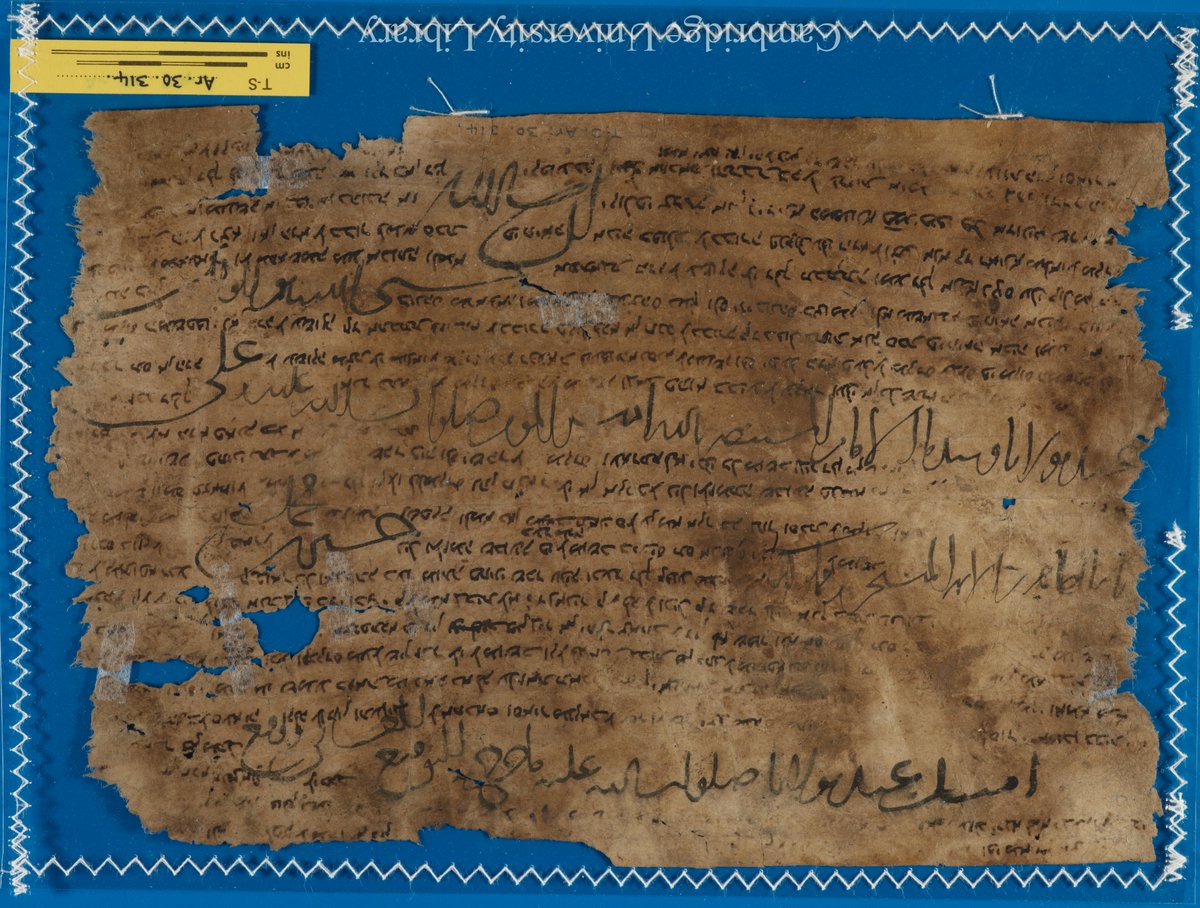
 S. M. Stern of Oxford published this fragment in 1962. /2
S. M. Stern of Oxford published this fragment in 1962. /2 

 The AIU collection contains lots of Ottoman texts. Geniza document specialists have neglected it; we cluster in the 1000–1500 range. Ottoman Ladino and Arabic from AIU are getting attention now from Alan Elbaum of the PGP team; the Ottoman Turkish material awaits its Goitein. /2
The AIU collection contains lots of Ottoman texts. Geniza document specialists have neglected it; we cluster in the 1000–1500 range. Ottoman Ladino and Arabic from AIU are getting attention now from Alan Elbaum of the PGP team; the Ottoman Turkish material awaits its Goitein. /2
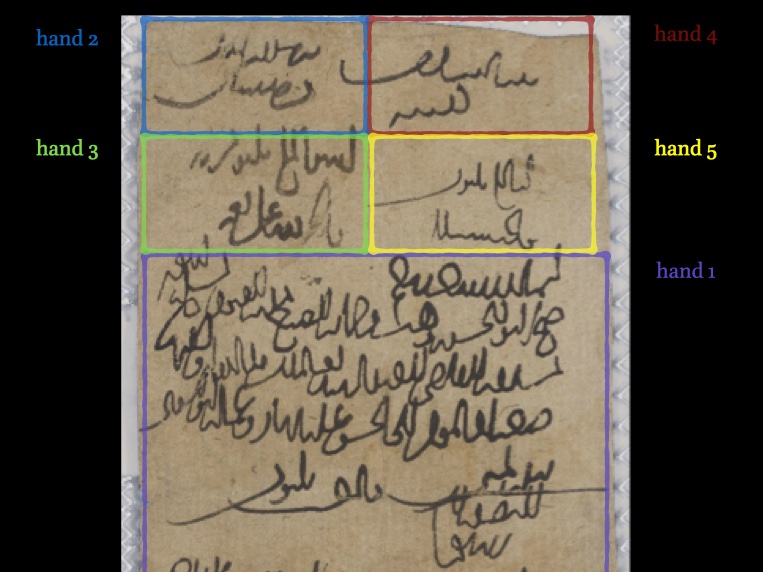
 This is a Fatimid tax receipt from 1015 (405H).
This is a Fatimid tax receipt from 1015 (405H). 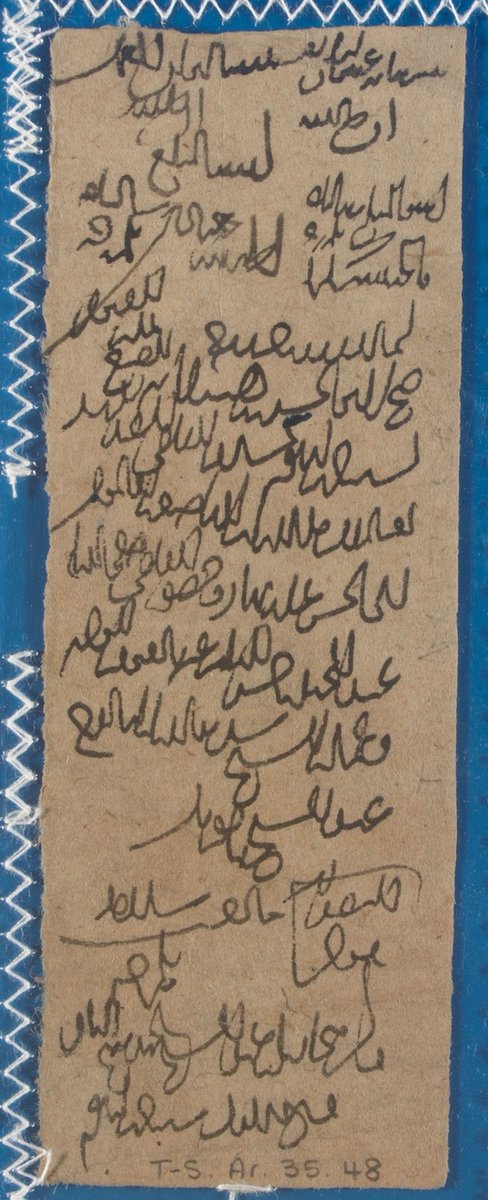
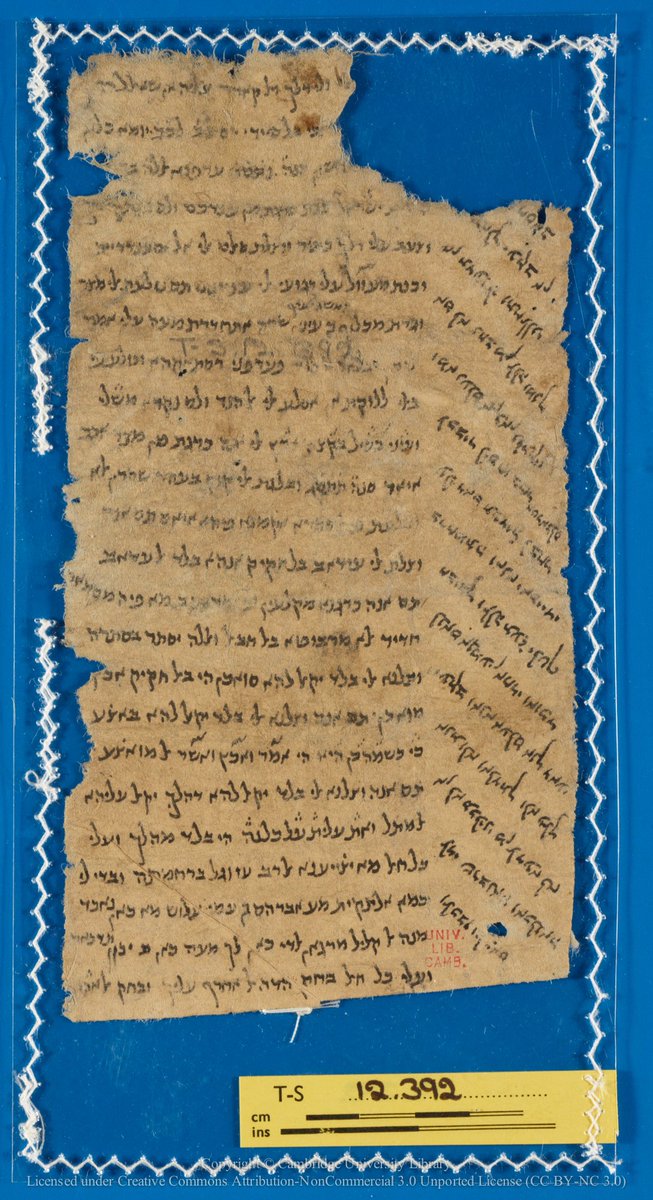
 2/“I arrived in ʿAydhāb, which is truly a city of tribulations (Arab. adhāb). Then we left al-Maqlaʿayn and set sail in a ship that had in it not a single nail of iron, but rather was tied together with ropes, may God protect us with his shield.”
2/“I arrived in ʿAydhāb, which is truly a city of tribulations (Arab. adhāb). Then we left al-Maqlaʿayn and set sail in a ship that had in it not a single nail of iron, but rather was tied together with ropes, may God protect us with his shield.”
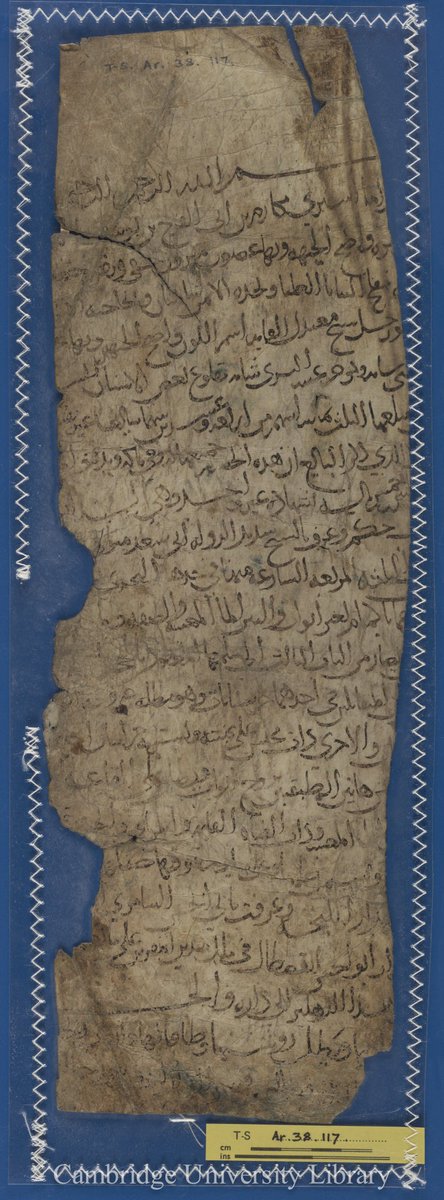
 2/This tattered yet beautiful Arabic parchment is a 12th c qadi court record. Legal documents from medieval Egypt were written on both parchment and paper after about 900, and on papyrus before that. (Here’s another 12th c parchment deed regarding a sharābī, a seller of potions.)
2/This tattered yet beautiful Arabic parchment is a 12th c qadi court record. Legal documents from medieval Egypt were written on both parchment and paper after about 900, and on papyrus before that. (Here’s another 12th c parchment deed regarding a sharābī, a seller of potions.) 
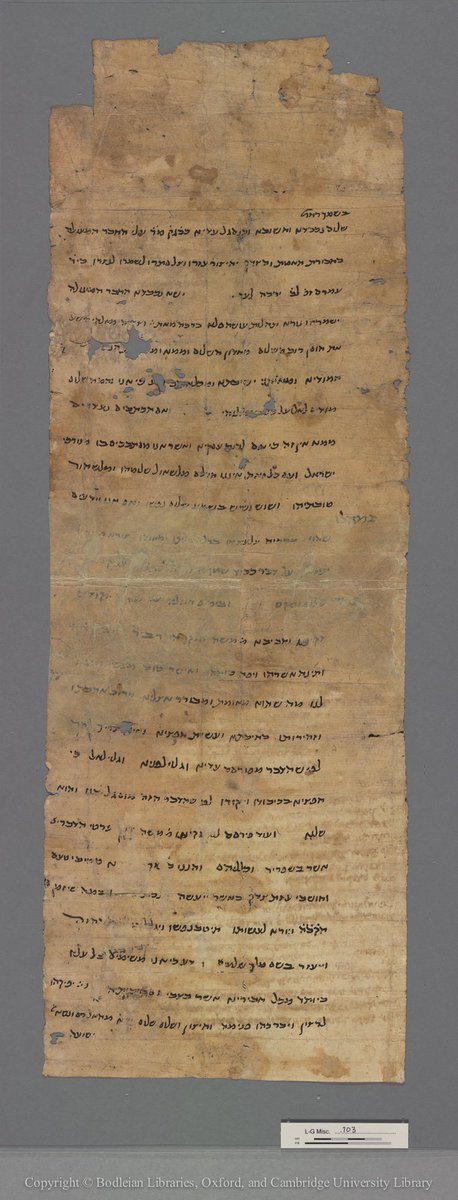

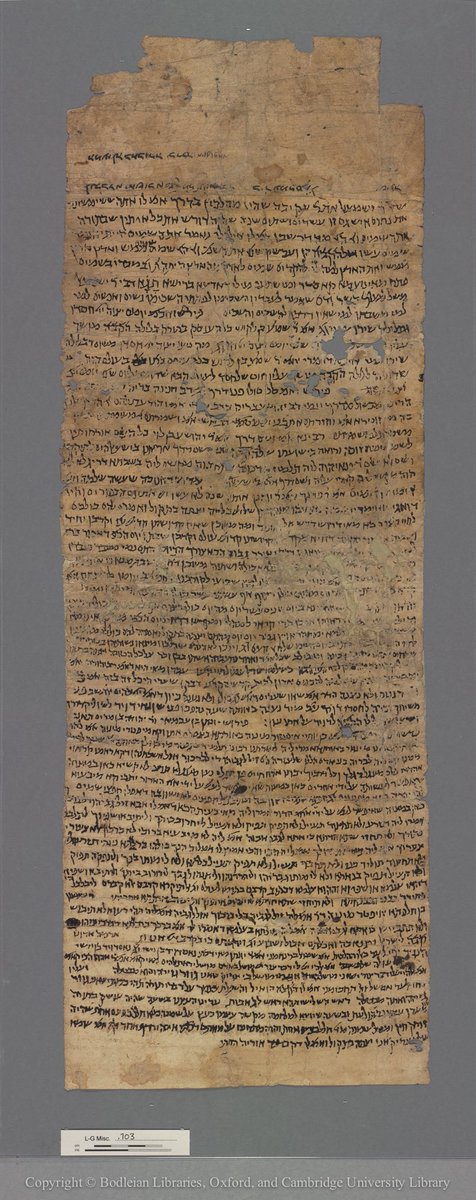 1/This fragment comes from the Lewis-Gibson collection, now owned by Oxford and Cambridge. They jointly acquired these 1700 mss in a model of cooperation under the leadership of @richove of @bodleianlibs and @annejarvispul of @theUL (now of @PULibrary). bodleian.ox.ac.uk/news/2013/hist…
1/This fragment comes from the Lewis-Gibson collection, now owned by Oxford and Cambridge. They jointly acquired these 1700 mss in a model of cooperation under the leadership of @richove of @bodleianlibs and @annejarvispul of @theUL (now of @PULibrary). bodleian.ox.ac.uk/news/2013/hist…